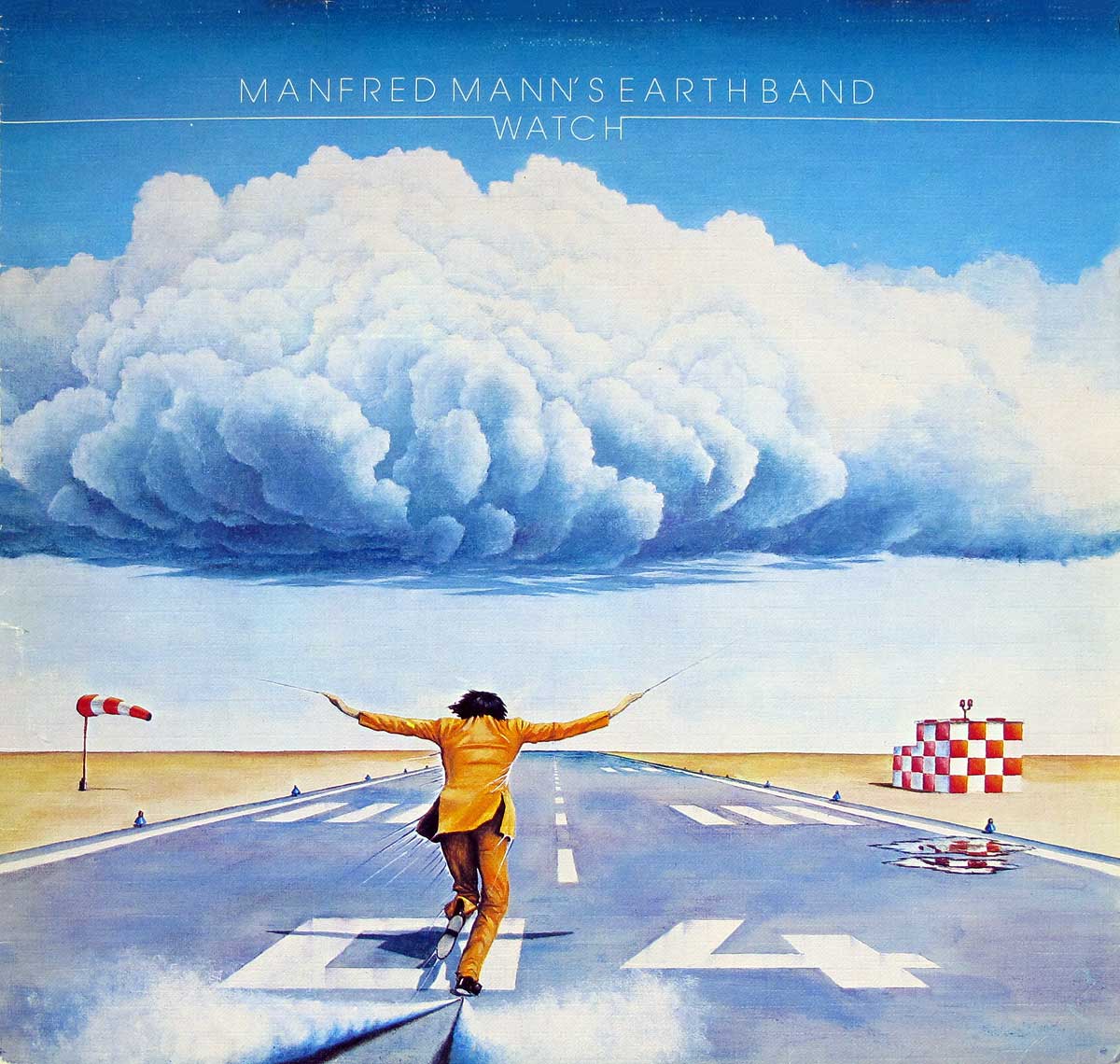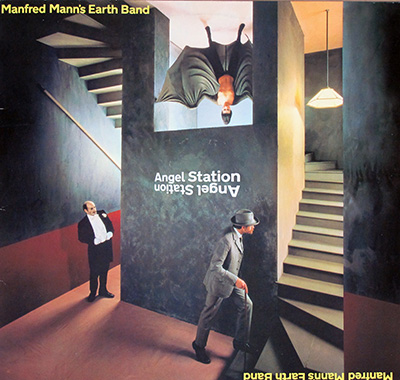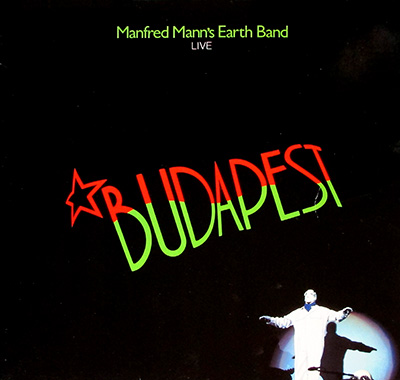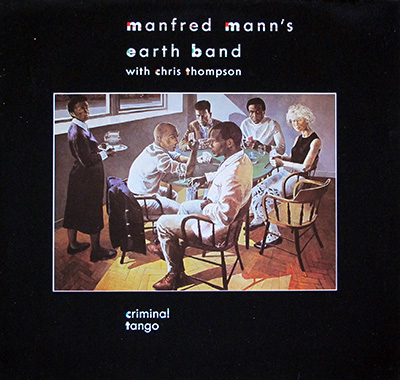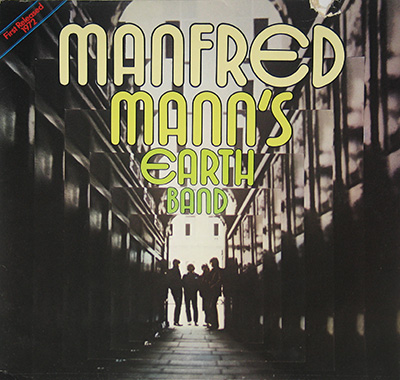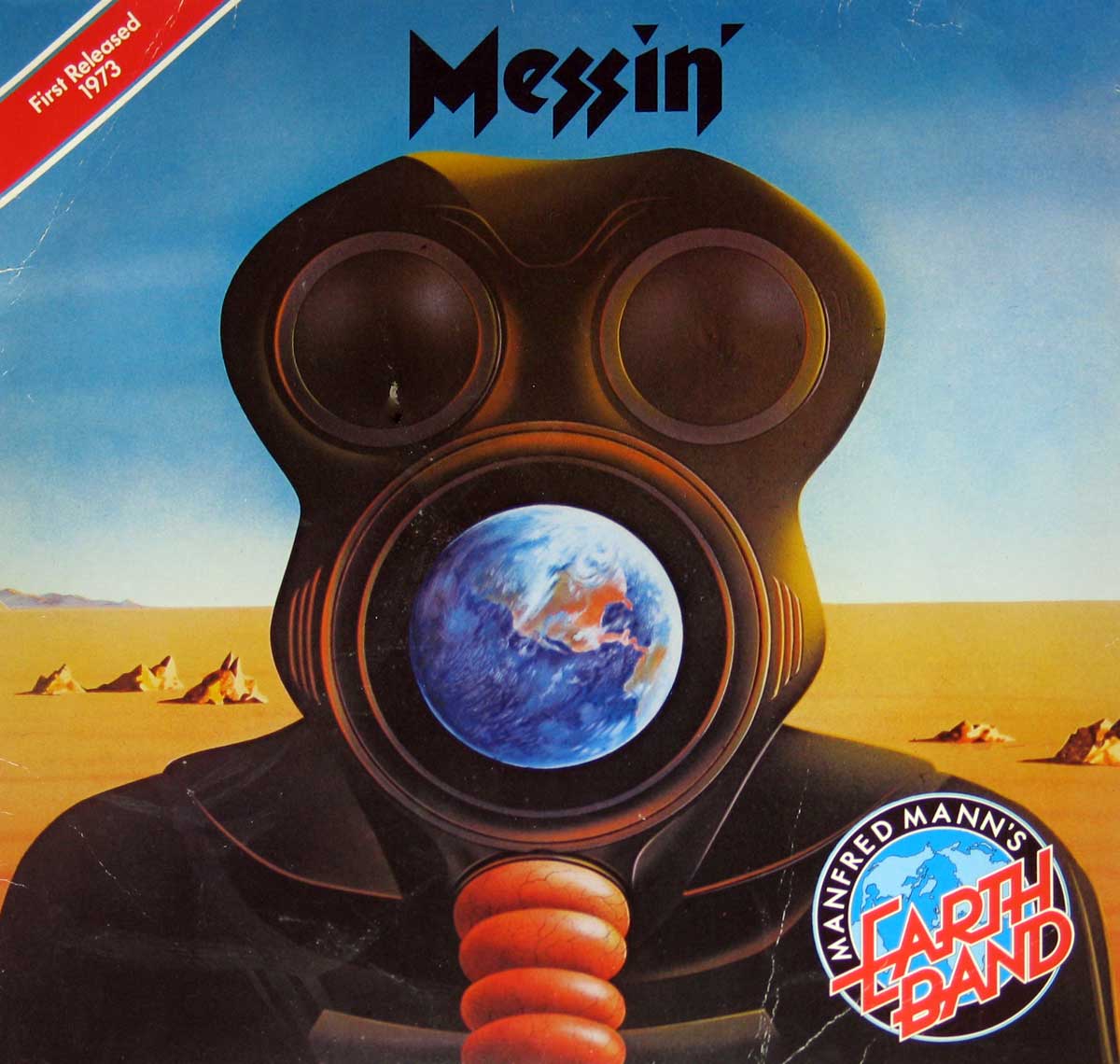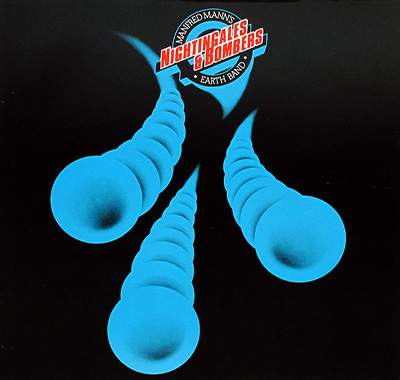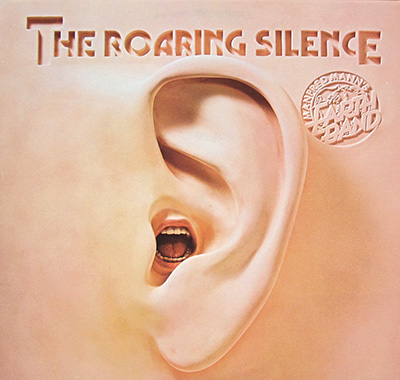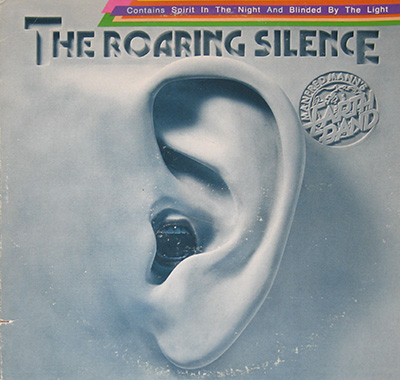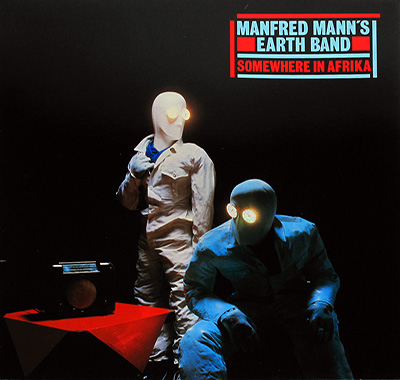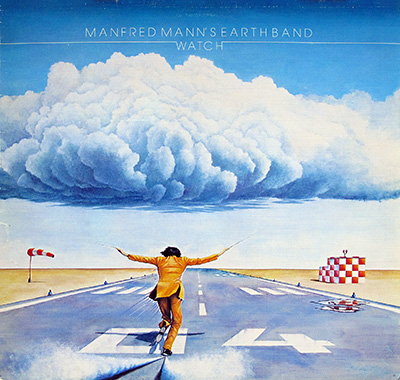"Watch" Album Description:
Manfred Mann's Earth Band, a progressive rock powerhouse, left an indelible mark on the music scene with their 1978 studio album, "Watch." This iconic release not only showcased their musical prowess but also reflected the band's ability to experiment with different genres, creating a sonic masterpiece that continues to captivate audiences decades later.
Background on Manfred Mann's Earth Band
Before delving into the creation of "Watch," let's rewind to the origins of the band. Formed in 1971 by South African musician Manfred Mann, the Earth Band was a unique fusion of progressive rock, jazz, and blues. The band's lineup underwent changes over the years, but its core members, including Manfred Mann, remained dedicated to pushing musical boundaries.
The Making of "Watch"
"Watch" marked a significant chapter in the Earth Band's discography. The album, released in 1978, featured a blend of studio and live tracks, showcasing the band's versatility and dynamic performances. The intricate musical arrangements and thought-provoking lyrics contributed to the album's critical acclaim and enduring popularity.
Studio Magic
The studio tracks on "Watch" demonstrated the band's meticulous approach to crafting music. From the hypnotic beats of "Drowning on Dry Land/Fish Soup" to the evocative storytelling in "Chicago Institute," each song reflected the band's commitment to musical innovation. The album's sound was characterized by synthesizers, complex arrangements, and Mann's distinctive vocals, creating a sonic landscape that transported listeners to new realms.
Live Energy
In addition to the studio recordings, "Watch" featured live tracks that captured the Earth Band's electrifying performances. The inclusion of live material added a raw, unfiltered energy to the album, showcasing the band's ability to mesmerize audiences in a concert setting. Tracks like "Martha's Madman" and "Davy's on the Road Again" exemplified the Earth Band's stage presence and the symbiotic relationship between the musicians and their audience.
Critical Reception and Legacy
"Watch" received widespread critical acclaim upon its release, with many praising the album's musical complexity and the band's innovative approach. The fusion of rock, progressive elements, and jazz influences solidified the Earth Band's reputation as pioneers in the progressive rock genre.
Decades after its release, "Watch" continues to be celebrated by fans and critics alike. The album's enduring legacy speaks to the timeless quality of the Earth Band's music and its ability to transcend generational boundaries.
